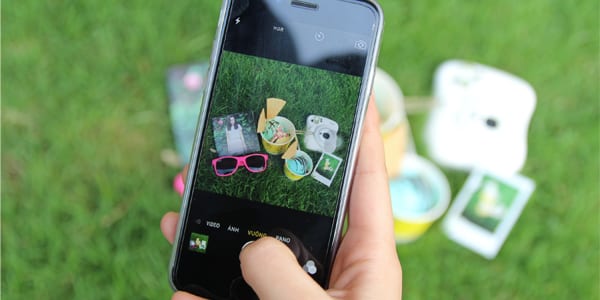 A few weeks ago, I wrote a post about the importance of properly defining micro-influencers. tl;dr – you need to think of them as regular consumers, rather than what we traditionally consider influencers. Their content mix, engagement dynamic and audience relationships are fundamentally different than that of bloggers, YouTube stars and social media superstars. Because of this fact, getting the most out of them requires an entirely different approach than what you’re probably used to when partnering with influencers. So, let’s get to it!
A few weeks ago, I wrote a post about the importance of properly defining micro-influencers. tl;dr – you need to think of them as regular consumers, rather than what we traditionally consider influencers. Their content mix, engagement dynamic and audience relationships are fundamentally different than that of bloggers, YouTube stars and social media superstars. Because of this fact, getting the most out of them requires an entirely different approach than what you’re probably used to when partnering with influencers. So, let’s get to it!
Get Wild:
One thing that a micro-influencer program does better than any other influencer program is show your product “in the wild.” When you are seeding your product in everyday scenarios with everyday consumers, you are not only generating broad exposure for your brand, you are showcasing it in a very down-to-earth identifiable way. Contrast that to a YouTuber’s content, which is generally seen as more aspirational, and the difference is clear. An influencer might shine a spotlight on the brand (which is also necessary), but a micro-influencer makes your brand an integral part of the scenery. Developing an influencer brief that encourages micro-influencers to incorporate your product into themed, everyday scenarios is key. Doing so will position your brand as one that consumers can picture in their everyday lives
Keep it Simple:
While they are often active on all platforms, the vast majority of micro-influencer content lives on Instagram, so the resulting content is primarily visual. You may get a short video or two but, for the most part, it’s an image and a caption. There isn’t much room for “changing the conversation” or “educating the public” or “conveying your brand values” or any of the usual higher-level outcomes that you might shoot for in a more conventional influencer program. When partnering with micro-influencers, you are leveraging their visual creativity and their online tribe of friends and family. Simplicity is their appeal, so make sure your creative brief reflects that. It can be as straightforward as “cook something with our product and share a pic” or “share a pic of you and your friends enjoying our product outdoors.” The main assignment should not require more than a sentence to explain. Remember, our goal is to spark enthusiasm and create positive awareness for your brand. Simple, visually appealing content captured in an everyday backdrop achieves that.
Let Go:
When you have dozens, if not hundreds, of pieces of content about your brand being published at once, variety is key. The last thing you want is to bore people with yet another picture of your product on a table. You want to spark enthusiasm, motivate purchase, inspire use, and generate buzz. To do this, encourage creativity through and through. The goal is to have your product be “Green Eggs and Hammed” — in a car, in a box, with a fox… anywhere as long as it is creative, fun and authentic. So make sure your creative brief allows for that. Provide clear guidelines (and I would say even clearer and more spelled out than that of a regular influencer program, since we’re not working with seasoned influencers) but put as few limitations on the micro-influencers’ creativity as possible. This not only facilitates a wide variety of appealing content, it allows the creators’ personalities to come through. Their creative personalities are what made them “alpha consumers” on social media to begin with, so leverage that to garner positive engagement.
Become One:
Greatest thing about micro-influencers? Anyone can be one. Step one: tweet this article in the most creative way possible. * wink *